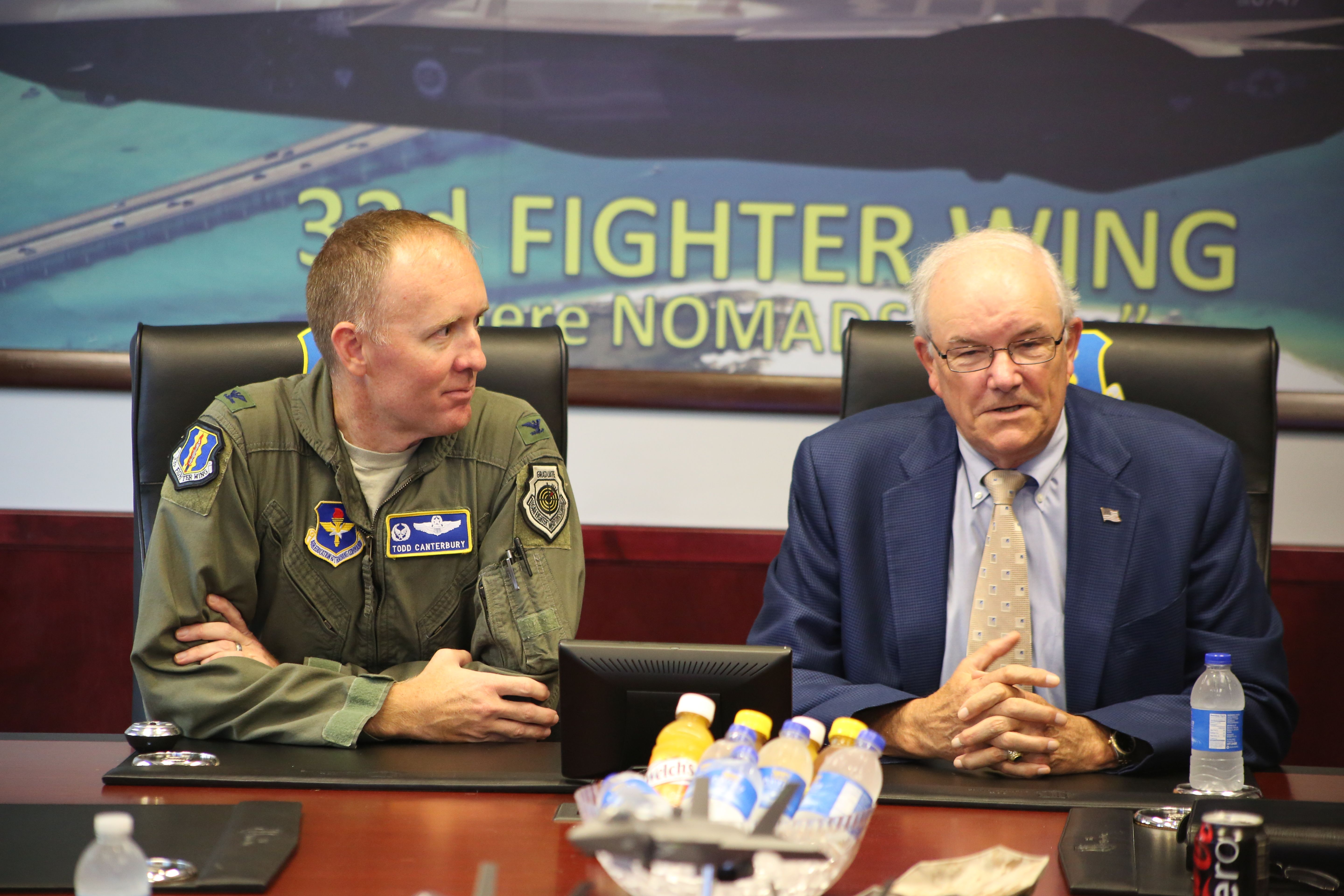2014-06-16 by Robbin Laird
Inside the Beltway is a tough place to get real changes done.
And innovation within the confines of the Pentagon is notably challenging.
This decade will see significant innovation generated by the strategic and combat challenges facing American and allied forces and the introduction of several new systems, ranging from the F-35, to new combat cloud capabilities, to new ships like the USS America and the USS Ford, which will not operate like their predecessors.
And yet much of this innovation will not be recognized by the Inside the Beltway crowd until it actually has happened.

The Osprey is a classic example where the long period of ridicule, and derision became a cottage industry which dominated any consideration of what the emergence tiltrotar enabled ground forces could do in a dangerous world.
Now that it has, the cottage industry has moved on to other new systems, failing to learn the core lesson — why not focus on change which can occur as innovations PULL the force forward?
This was never Wynne’s problem: he always looks for how the force can be continually transformed by realistic innovations.
In fact, a key reality is what we came to call the Wynne Doctrine.
As the late Jack Wheeler put it:
The Mission of the US Military is to dominate the foe, first with deterrence, and then, with the dominant, “unfair” fight.
The Wynne Doctrine, after SECAF21 Michael W. Wynne: “If you are ever in a fair fight, senior leaders have failed you.”
“If you are in a fair fight, someone has failed to shape the force we needed.”
This means that technology needs to be combined with platforms and systems by forces with battle hardened and well trained concepts of operations to prevail.
And in order to do this, the Department clearly needs to have leaders who recognize the possibilities and set in motion the processes of inevitable change but with the clear goal of strategic dominance.
If DOD is in a holding pattern when it comes to combat dominance, the war has already been lost.

Secretary Wynne as a leader in the military, industry and in government has been and continues to be clearly one of those leaders.
Late last year, Ed Timperlake and I travelled with Secretary Wynne to visit the 33rd Fighter Wing to provide Wynne with the opportunity to meet the pilots and maintainers for the F-35.
Given his commitment to the changes associated with what Lt. General (Retired) Deptula refers to as the non-F fighter – namely a flying combat system and not simply an iteration in sequential fighter numbers – it was gratifying to watch the interaction with the maintainers and pilots of a new fifth generation fighter with the man who invented the term.
And especially enjoyable was bringing Lt. Col. Berke, the only qualified F-22 and F-35 pilot in the world, together with the man who created the billet in the Air Force for him to become an F-22 pilot.
Many people have read the discussion between the two and the video at the top has been viewed and downloaded by tens of thousands of readers on Second Line of Defense.
But what is not generally realized, unless you experienced it, the Wynne leadership style and the need to continue it in order to have real innovation rather than cosmetic change.
If Wynne were a professor, his colleagues at his 80th birthday might write a book honoring the professor.
He is neither 80 nor a professor but we are proceeding along these lines anyway.
What this series will be about is writing our equivalent.
I have asked those who have worked with Wynne to provide insights with regard to the man and his work, and how his leadership facilitated their own ability to innovate.
Unleashing the power of effective, realistic and critical innovations requires leadership and implementors.
I have asked some of those who have worked with Wynne and have unleashed innovation to write pieces, which will provide some insight into the Wynne legacy of fostering innovation for strategic dominance.
The first piece is by Louis Kratz, the well-regarded and well known expert on logistics.
Kratz worked for Wynne when Wynne was Principal Deputy Under Secretary of Defense (Acquisition, Technology and Logistics).
http://www.idb.org/uploads/Admin-Kratz.bio-2012.11.pdf


